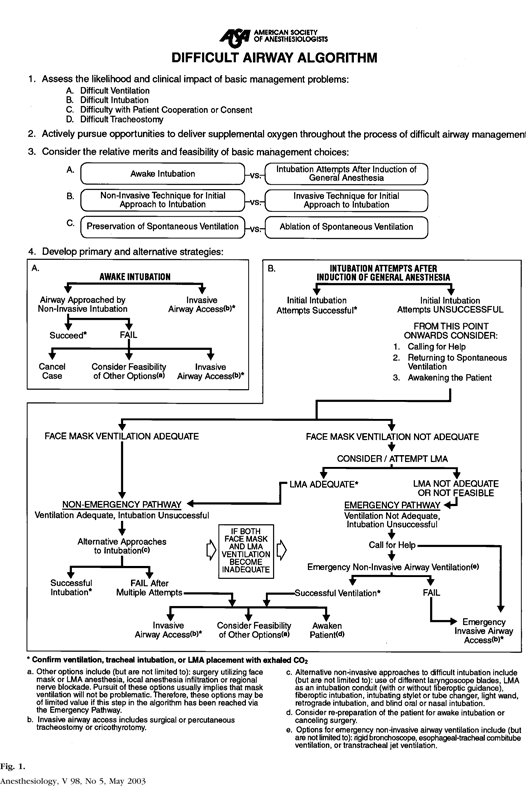- Joined
- Mar 16, 2006
- Messages
- 214
- Reaction score
- 0
so you get an obese female in her 60s with multiple med problems after fall.
a trauma was activated.
the patient has hx of renal failure and is on dialysis. she's noted to be hypoxic not improving on non-rebreather. o2 sat is 86% on non-rebreather at 15 liters.
cxr with question of bilateral pna versus edema but you also think of hemorrhage. no pneumo.
patient is otherwise awake and alert but with mild tachypnea.
decision to intubate is made.
in recap, you have a morbidly obese female with multiple med problems, hypoxic on non-rebreather. patient has c-collar but she has a short fat neck.
what's your approach?
straight RSI eventhough you're going in with a patient who looks like a tough intubation with an already low o2 sat not improving with bag mask?
do you shot her up with etomidate and take a look without paralysing?
do you bipap her to see if you can get the o2 sat up then RSI if you do get o2 sat up?
any other suggestions?
i'll tell you how this churned out after you inputs.
to note, changes have been made to case to keep case unindentifiable and confidential
a trauma was activated.
the patient has hx of renal failure and is on dialysis. she's noted to be hypoxic not improving on non-rebreather. o2 sat is 86% on non-rebreather at 15 liters.
cxr with question of bilateral pna versus edema but you also think of hemorrhage. no pneumo.
patient is otherwise awake and alert but with mild tachypnea.
decision to intubate is made.
in recap, you have a morbidly obese female with multiple med problems, hypoxic on non-rebreather. patient has c-collar but she has a short fat neck.
what's your approach?
straight RSI eventhough you're going in with a patient who looks like a tough intubation with an already low o2 sat not improving with bag mask?
do you shot her up with etomidate and take a look without paralysing?
do you bipap her to see if you can get the o2 sat up then RSI if you do get o2 sat up?
any other suggestions?
i'll tell you how this churned out after you inputs.
to note, changes have been made to case to keep case unindentifiable and confidential


